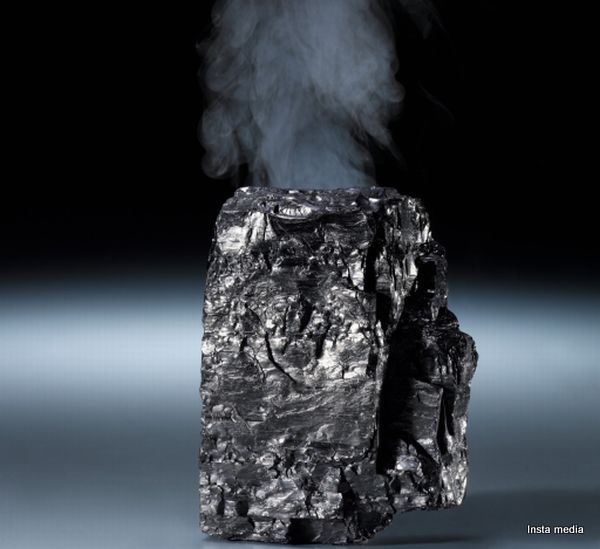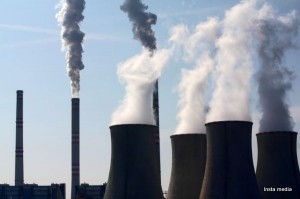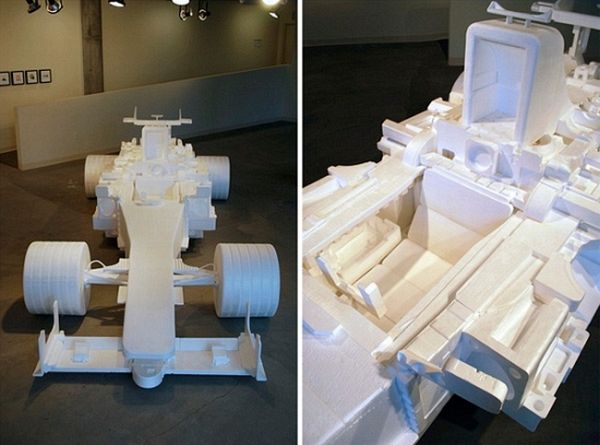“You see but you do not observe” A very known quote by Sir Arthur Conan Doyle’s famous sleuth Sherlock Holmes holds true even in the clues and questions that Science offers today. Moreover, to get deep into the problem, quite literally, Scientists have been probing into what happens to carbon that goes beneath our feet while travelling through the carbon cycle. Be it the seas, water or air, even in our body and the food we eat, carbon has an omnipotent presence. The way it travels through the atmosphere, lithosphere and finally the hydrosphere has been studied for quite a long time now. So, at the last point, we know water in the medium carrying the carbon particles. But where does it go beyond that?
The University of California and Johns Hopkins University has been in the pursuit of unraveling this mystery. The U.S. Department of Energy, the Sloan Foundation and the National Science Foundation supported the investigation. Below the Earth’s crust, there is an extremely hot layer, known as mantle that has rocks shooting up to temperatures exceeding over five thousand Fahrenheit and pressures of hundreds of tons per square inch. It might come as a surprise that water is trapped in this bed of magma as well. But then it can be easily deduced that the behavior of water there is drastically different.
Since physically going there to conduct research is impossible as of now, researchers utilized computer simulated models to study the same. According to the co-author of the research paper, Giulia Galli, professor of chemistry and physics at UC Davis, the main setback of calculation is the dielectric constant associated. The dielectric is something that can be polarized by application of an electric force field and its relative permittivity is given by the constant. In layman’s term, it determines the efficiency of dissolution of carbon in the entrapped water.
This new breakthrough computer rendering helped the researches to visualize how the water acts in extreme condition and in turn affects the carbon cycle. They suggest that this water gets released out back in the earth through volcanic activities or through the crater. The existing models of carbon cycle do not take dielectric factor in account and the incorporation, hence, has proven some interesting results. Ding Pan, a postdoctoral researcher of UC Davis team, has predicted that the otherwise insoluble carbonate forms of Magnesium get partially dissolved in the magmatic condition.
The impact of such a discovery may not be felt now as this is a baby step to a greater understanding of how the nature works. But it can be felt that the future has a lot in store. As the researcher Sverjensky puts it “Over geologic timescales, a lot of material can move this way.” Therefore, it’s safe to say carbon has opened doors to a new avenue yet to be explored by the mankind.





